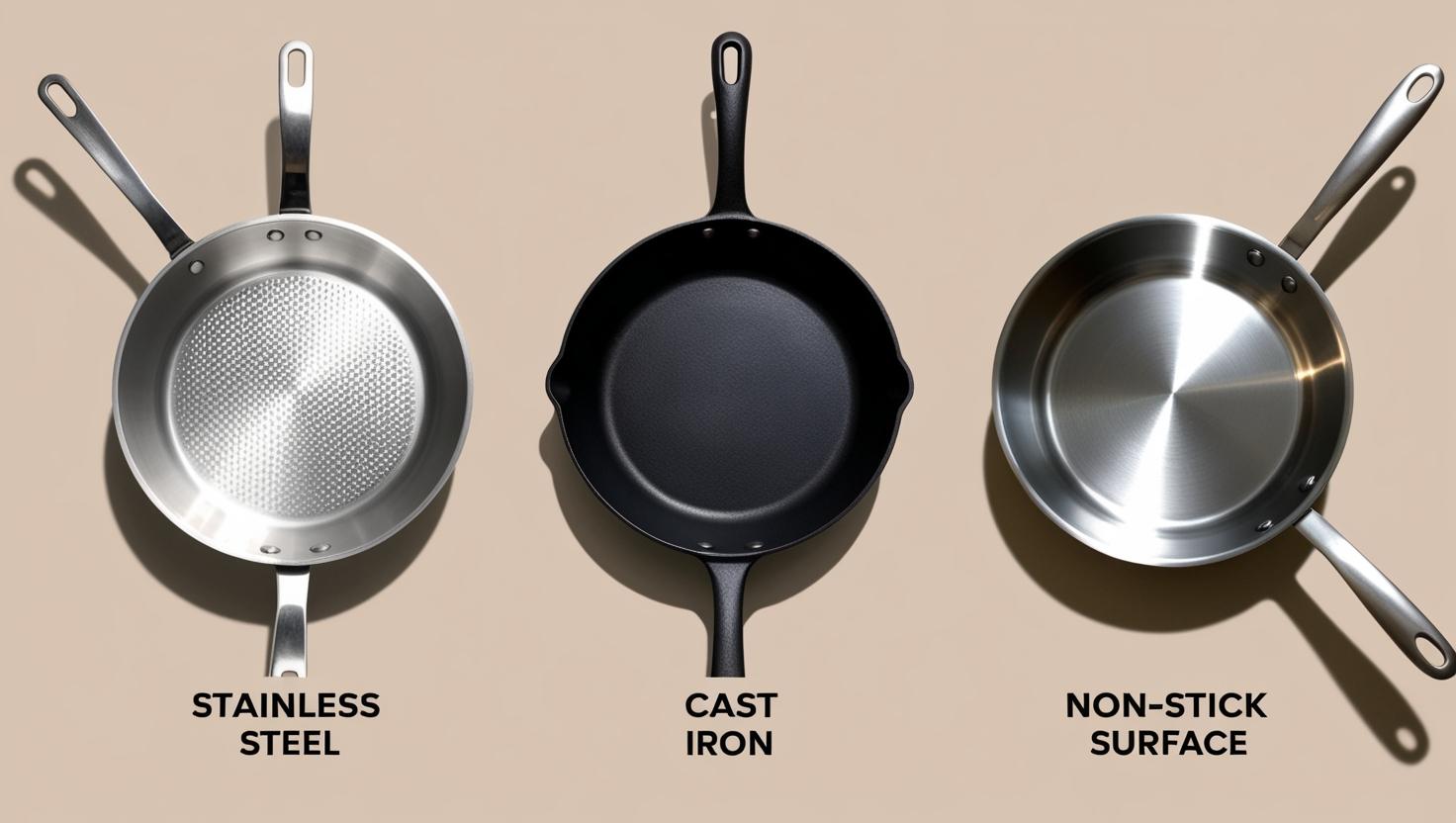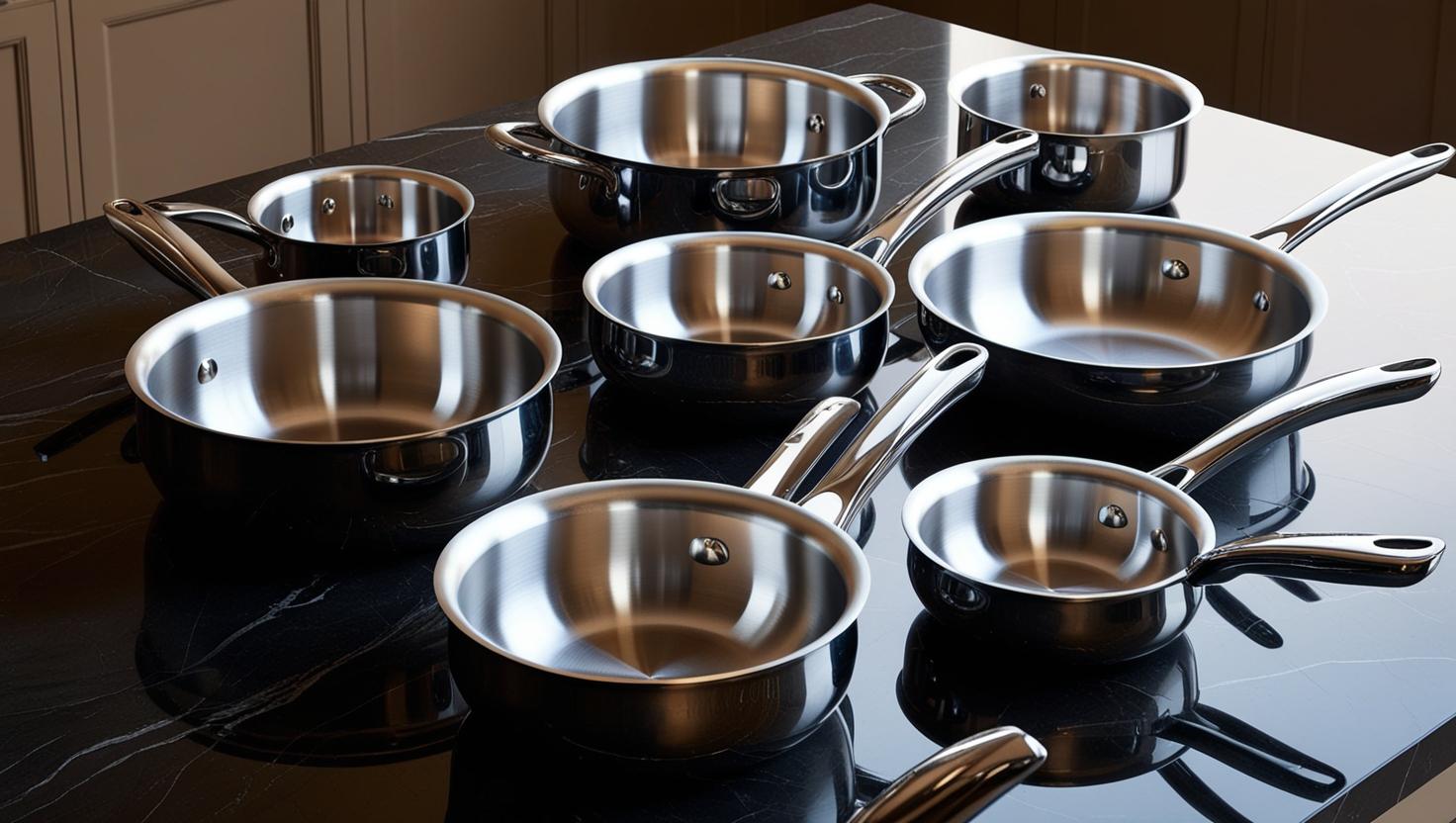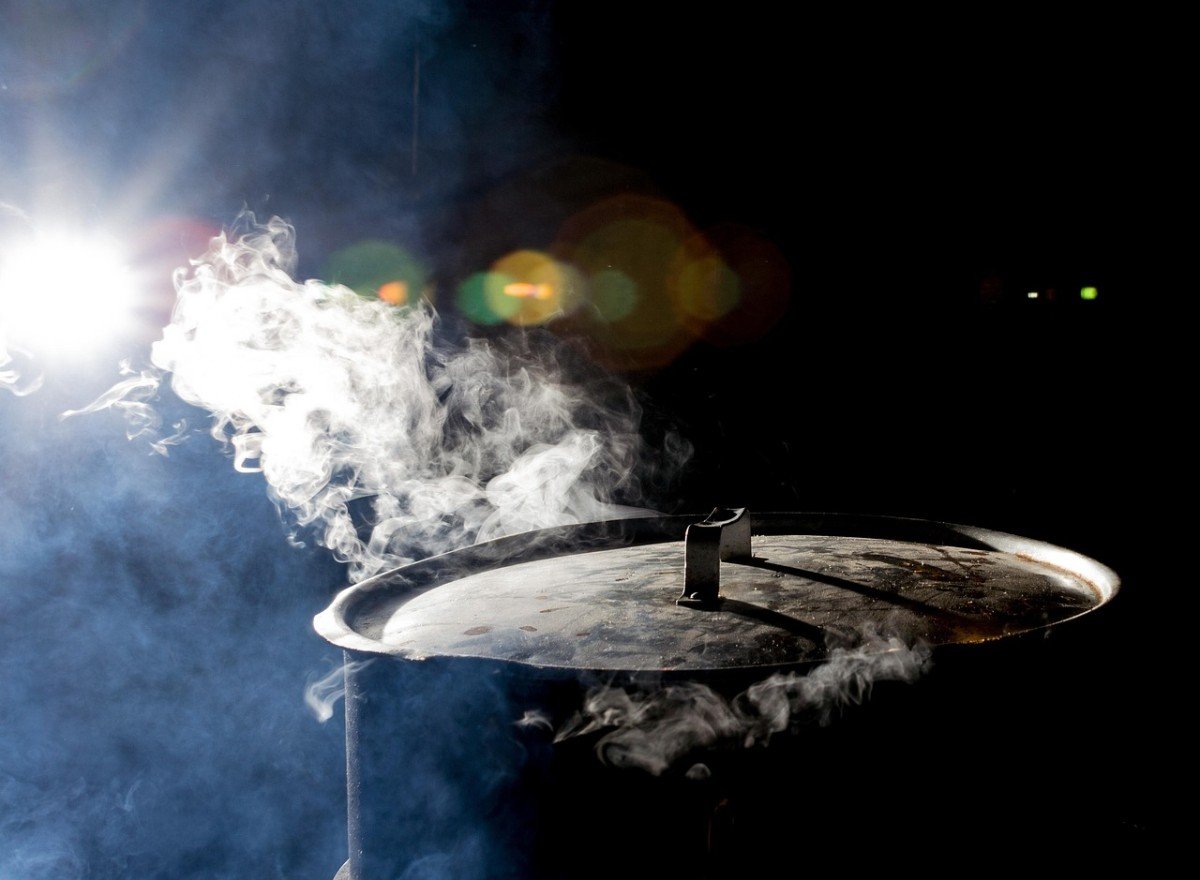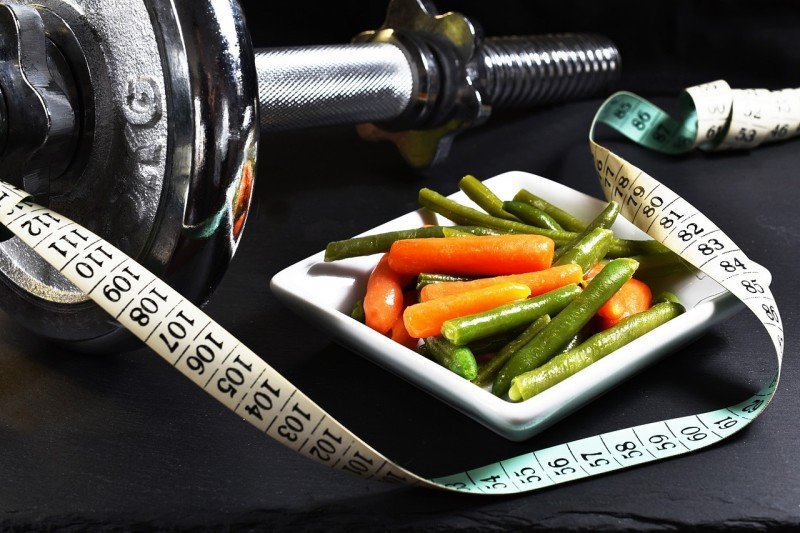When it comes to cooking, having the right cookware can make all the difference. Stainless steel, cast iron, and non-stick pans are three common types of cookware found in kitchens worldwide. Each material has its own unique properties and benefits that make them suitable for different cooking techniques and dishes.
Stainless steel pans are known for their durability and versatility. They are resistant to rust, corrosion, and staining, making them long-lasting and easy to maintain. These pans distribute heat evenly, allowing for consistent cooking results. Stainless steel pans can handle high heat and are perfect for searing, browning, and stir-frying. However, food may stick to the surface if not properly heated or if the pan is not adequately lubricated.
Cast iron pans are beloved for their excellent heat retention and distribution. They become naturally non-stick with seasoning, which involves applying a thin layer of oil and baking it onto the pan's surface. The non-stick coating becomes more effective over time, making cast iron pans great for searing, baking, and slow-cooking. However, they require regular maintenance, as well as careful cleaning and seasoning to prevent rusting and maintain their non-stick properties.
Non-stick pans are made with a coating that prevents food from sticking to the surface. These pans are convenient for low-fat cooking with minimal oil or butter and are perfect for delicate foods like eggs, pancakes, and fish. However, they are not suitable for high-heat cooking or using metal utensils, as this can damage the non-stick coating. Additionally, the coating may wear off over time, requiring replacement or re-coating for the pan to remain effective.

The Pros and Cons: Weighing the Benefits of Each
When it comes to choosing cookware, three popular options stand out: stainless steel, cast iron, and non-stick. Each of these materials has its own strengths and weaknesses, making it important to understand the pros and cons of each before making a decision.
Stainless Steel: Known for its durability, stainless steel cookware is resistant to rust, corrosion, and staining. This material is non-reactive, meaning it won't alter the flavor of your food. It is also dishwasher safe and easy to clean. However, stainless steel cookware doesn't distribute heat evenly, leading to potential hot spots, and it can be more expensive compared to other options.
Cast Iron: Cast iron cookware is praised for its excellent heat retention and even heat distribution. It is extremely durable and can last for generations if properly cared for. Cast iron also provides natural non-stick properties once seasoned. However, it requires regular seasoning and maintenance to prevent rust, and it is generally heavier and slower to heat up compared to other materials.
Non-Stick: Non-stick cookware is loved for its ability to prevent food from sticking and its ease of cleaning. It requires little to no oil for cooking, making it a healthier option. It is also lightweight and heats up quickly. However, non-stick coatings may wear off over time and should be used with caution to avoid scratching and releasing potentially harmful chemicals.
Heat Distribution and Retention: How do They Compare?
When it comes to cooking, understanding how different materials distribute and retain heat can greatly impact your culinary experience. Stainless steel, cast iron, and non-stick cookware are three popular options with distinct heat properties. Let's take a closer look at how these materials compare in terms of heat distribution and retention.
Stainless Steel:
Stainless steel cookware is well-known for its excellent heat distribution. Due to its high thermal conductivity, it spreads heat evenly across the surface, ensuring that your food cooks uniformly. This is particularly important if you're aiming for precise cooking, such as delicate sauces or searing meat. However, stainless steel may struggle with heat retention. It tends to lose heat quickly, so you might need to adjust the cooking time or keep the dish warm after it's done to prevent rapid cooling.

Cast Iron:
Cast iron cookware has gained popularity for its exceptional heat retention capabilities. It heats up slowly but retains heat for a long time, making it ideal for dishes that require consistent heat. Cast iron is great for browning and searing due to its ability to reach high temperatures. However, one drawback is that it often has hot spots, meaning certain areas may be hotter than others. This can be managed by preheating the cookware thoroughly and practicing attentive heat adjustments while cooking.
Non-Stick:
Non-stick cookware is designed to minimize food sticking to the surface during cooking, but its heat distribution can vary. Some non-stick pans come with an additional layer of aluminum or stainless steel at the base, which improves heat conduction. However, others may have inconsistent heat distribution, leading to uneven cooking results. Non-stick pans usually don't retain heat as well as cast iron or stainless steel. They tend to cool down quickly once removed from the heat source, making them better suited for dishes that don't require long periods of heat retention.
Durability and Cleaning: Unveiling the Winner in Maintenance
When it comes to choosing cookware, durability and ease of cleaning are two critical factors that every home cook considers. In this comparison, we delve into three popular materials: stainless steel, cast iron, and non-stick, and determine which one emerges as the winner in terms of maintenance.
Starting with stainless steel, it is renowned for its durability and resilience. This material is highly resistant to scratches, dents, and rust, making it perfect for heavy-duty cooking. Stainless steel cookware is also incredibly easy to clean, as it is dishwasher-safe. With a quick wash using warm soapy water, any remnants can be effortlessly removed. However, be cautious when using abrasive cleaning tools, as they may damage the surface.
On the other hand, cast iron cookware is renowned for its exceptional durability and ability to retain heat evenly. When properly seasoned, cast iron becomes naturally non-stick and develops a protective layer that prevents rust. However, cleaning cast iron requires gentle handling. It is not recommended to use soap or harsh detergents, as they can strip off the seasoning. Instead, a little warm water and gentle scrubbing with a stiff brush should suffice. After cleaning, it's crucial to dry the cookware thoroughly to avoid rust formation.
Lastly, non-stick cookware is popular for its convenience and easy cleanup. These pans have a special coating that prevents food from sticking, making them ideal for low-fat cooking. Cleaning non-stick cookware is a breeze as most food residue can be wiped away with a soft sponge or cloth. However, it's important to note that non-stick coatings are prone to scratches, and using metal utensils can damage the surface. Additionally, harsh cleaning agents and high heat should be avoided to prolong the lifespan of the non-stick coating.



